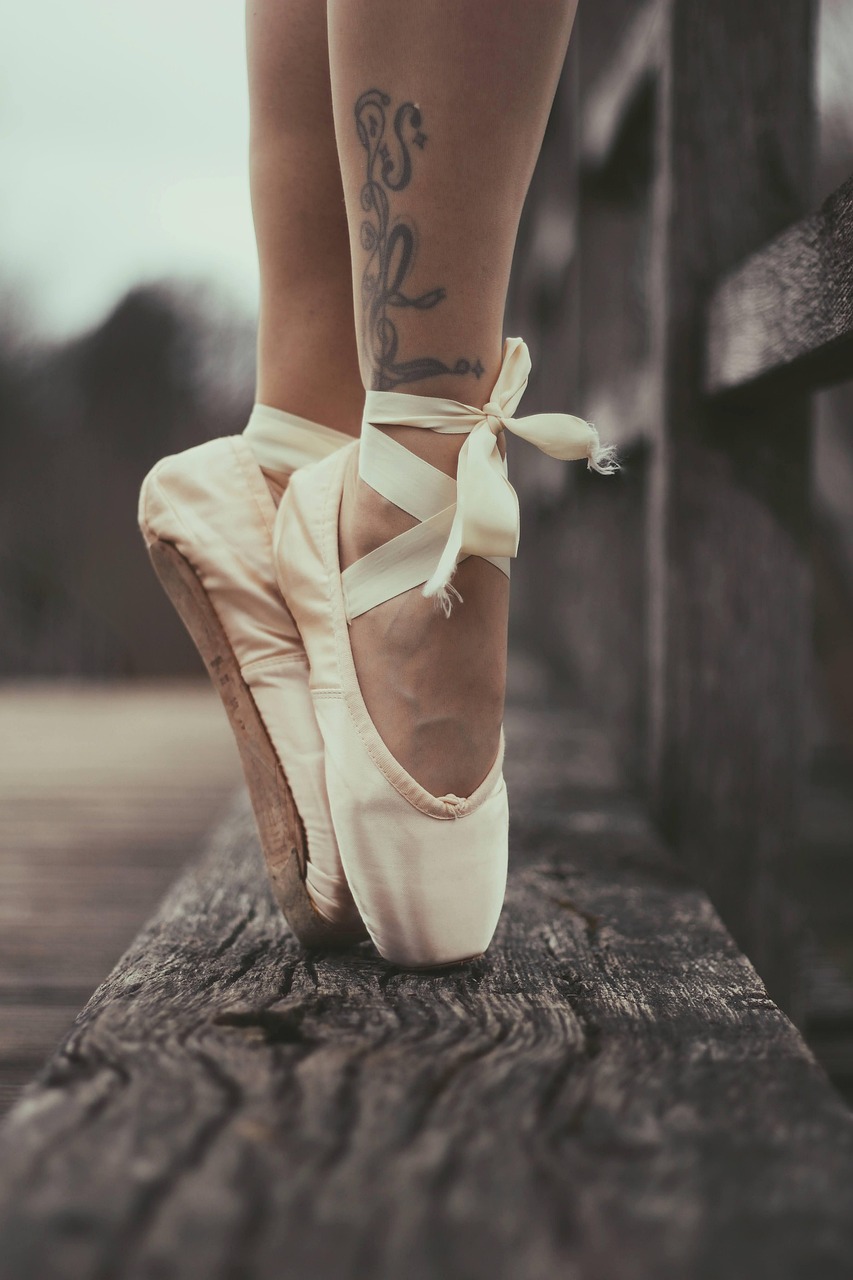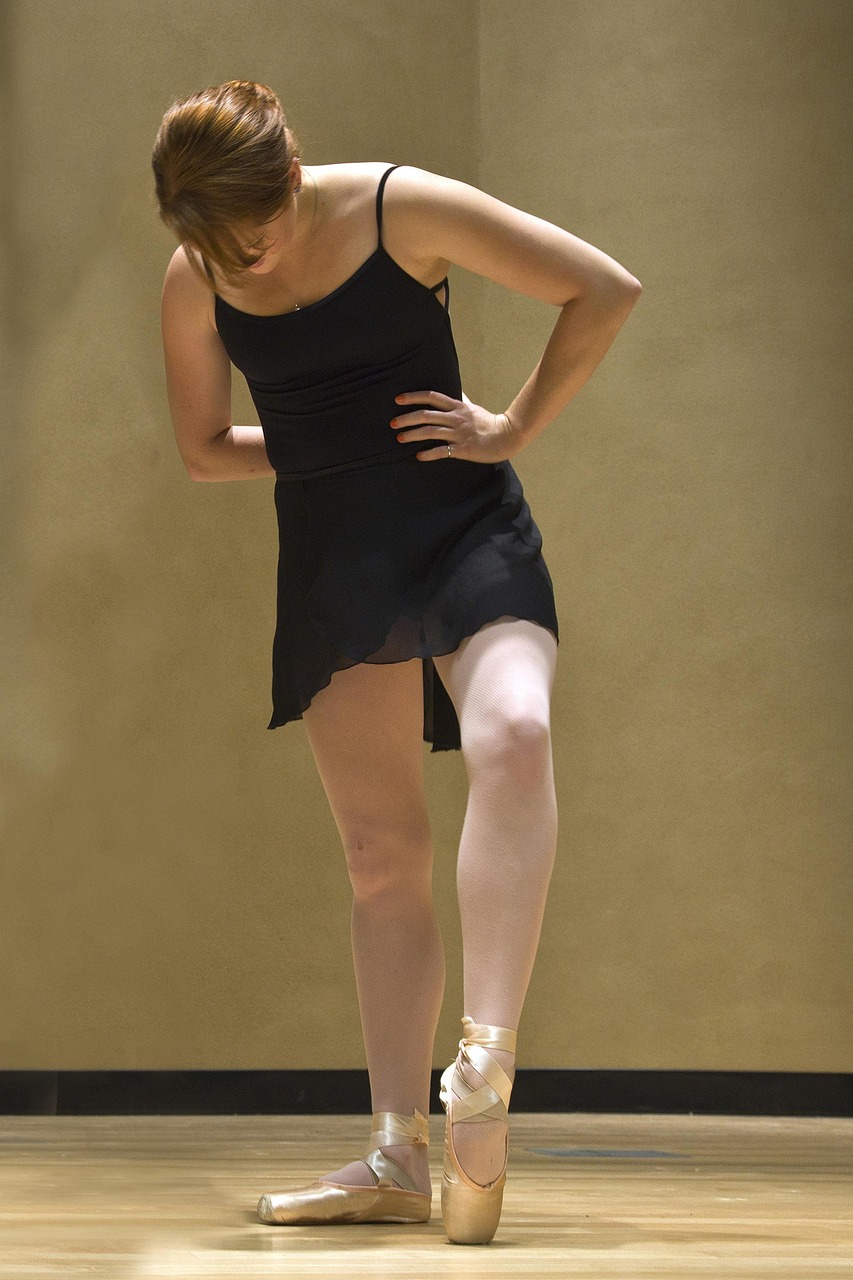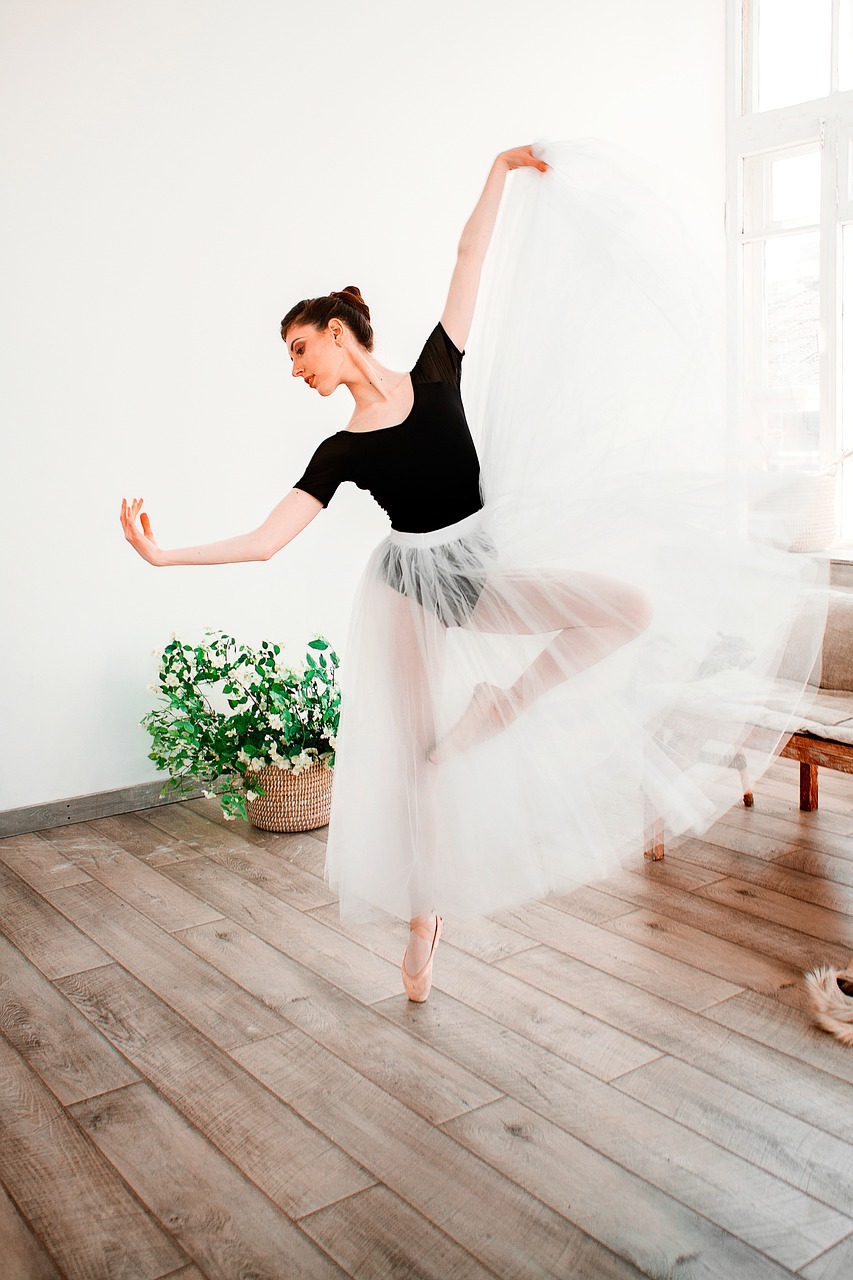TL;DR
- Ballet vocabulary is predominantly French due to its historical roots.
- Mastering basic positions (First to Fifth) is fundamental.
- Common movements like Plié, Tendu, and Dégagé are essential to learn.
- Terms for jumps (Sauté, Assemblé) and turns (Pirouette, Chênes) are key for progression.
- Understanding body positions (Arabesque, Attitude) enhances artistic expression.
- Consistent exposure and practice will make the terminology feel natural.
Stepping into your first ballet class can feel like entering a new world, especially when the instructor starts calling out terms in French! Ballet has a rich history rooted in French court dances, and as a result, its vocabulary is predominantly French. While it might seem intimidating at first, understanding these terms is key to grasping the movements and feeling more confident in the studio.
This glossary will introduce you to the most common ballet terms you’ll encounter as a new student, helping you decode the language of dance.
Basic Positions
These are the foundational positions of the feet and arms in ballet.
- First Position (Première Position): Heels together, feet turned out to form a straight line. Arms rounded in front of the body, hands at navel height.
- Second Position (Seconde Position): Feet turned out, heels about hip-width apart. Arms extended to the sides, slightly rounded.
- Third Position (Troisième Position): One heel placed against the arch of the other foot, both turned out. One arm in first position, the other in second.
- Fourth Position (Quatrième Position): One foot placed in front of the other, about a foot apart, both turned out. Weight evenly distributed. Arms can vary.
- Fifth Position (Cinquième Position): One foot placed tightly in front of the other, heel to toe, both turned out. Arms rounded overhead.
Common Movements
These are fundamental actions performed at the barre and in the center.
- Plié: To bend. A bending of the knees, keeping heels on the floor (demi-plié) or lifting them (grand plié).
- Tendu (Tendu): To stretch. The foot slides along the floor until the toe is pointed, but the toe never leaves the floor.
- Dégagé (Dégagé): To disengage. Similar to a tendu, but the foot lifts slightly off the floor.
- Rond de Jambe (Rond de Jambe): Round of the leg. The leg draws a semi-circle on the floor (à terre) or in the air (en l’air).
- Fondu (Fondu): To melt. A bending of one knee while the other leg extends.
- Frappé (Frappé): To strike. The foot quickly extends from a flexed position at the ankle of the supporting leg.
- Développé (Développé): To unfold. The leg is drawn up to the knee of the supporting leg and then slowly extended to an open position in the air.
- Grand Battement (Grand Battement): Large beat. A large, high kick of the leg, keeping the leg straight.
Relevé, Sauté, and Échappé
These terms relate to rising and jumping.
- Relevé (Relevé): To rise. A rise onto the balls of the feet (demi-pointe) or onto pointe.
- Sauté (Sauté): To jump. A jump from two feet to two feet, landing in the same position.
- Changement (Changement): To change. A jump from fifth position, changing which foot is in front in the air, and landing in fifth position with the other foot in front.
- Échappé (Échappé): To escape. A movement where the feet “escape” from a closed position (first or fifth) to an open position (second or fourth).
Jumps (Allegro)
Jumps are part of the “allegro” section of class, meaning fast and lively.
- Assemblé (Assemblé): To assemble. A jump where one foot brushes out, and both feet come together in the air before landing in fifth position.
- Jeté (Jeté): To throw. A jump from one foot to the other, often involving a “throwing” motion of the working leg.
- Sissonne (Sissonne): A jump from two feet to one foot.
- Temps levé (Temps levé): A small hop on one foot, keeping the other foot in a raised position.
Turns (Pirouettes and Chênes)
Turns are a staple of ballet.
- Pirouette (Pirouette): To whirl or spin. A turn on one leg, with the other leg in a specific position (e.g., passé).
- Chênes (Chaînés): Chains, links. A series of rapid turns in a chain-like fashion.
- Piqué (Piqué): To prick. A movement where the dancer steps directly onto the pointe or demi-pointe of one foot with the other leg raised.
Body Positions and Directions
These terms describe the orientation of the body relative to the audience or stage.
- Croisé (Croisé): Crossed. The body is angled, and the legs appear crossed from the audience’s perspective.
- Effacé (Effacé): Shaded. The body is angled, and the legs appear open or uncrossed.
- Écarté (Écarté): Separated, thrown wide apart. The leg is extended to the side, and the body is angled diagonally.
- Épaulé (Épaulé): Shouldered. The body is angled, with one shoulder forward.
- En Face (En Face): Facing the audience directly.
- Arabesque (Arabesque): A position where the body is supported on one leg, with the other leg extended straight back and arms extended to create a long line.
- Attitude (Attitude): A position where the body is supported on one leg, with the other leg lifted and bent at the knee (either front, side, or back).
Other Important Terms
- En Dedans (En Dedans): Inward. Towards the supporting leg (e.g., a turn or rond de jambe).
- En Dehors (En Dehors): Outward. Away from the supporting leg (e.g., a turn or rond de jambe).
- Allegro (Allegro): Lively, fast. Refers to quick, energetic movements, often including jumps.
- Adagio (Adagio): Slow, sustained. Refers to slow, graceful, and controlled movements.
- Barre (Barre): The horizontal wooden bar used for support during the first part of a ballet class.
- Centre (Centre): The middle of the studio where exercises are performed without the barre.
- Reverence (Révérence): Bow or curtsy. A traditional ending to a ballet class, showing respect to the instructor and accompanist.
Conclusion
Learning ballet terminology is an ongoing process, but don’t let it overwhelm you. With each class, you’ll become more familiar with these terms, and they’ll start to feel like a natural part of your dance vocabulary. Embrace the challenge, ask questions if you’re unsure, and enjoy the journey of understanding the beautiful language of ballet!



